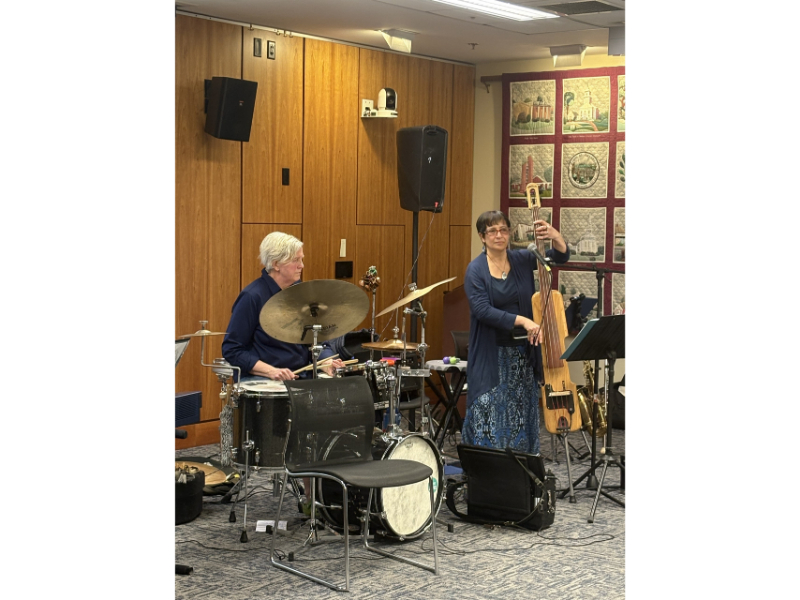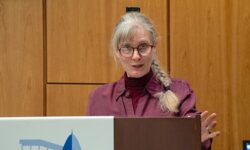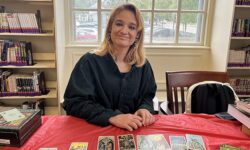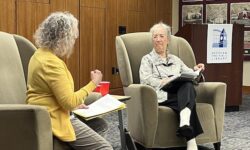By Alana DiPlacido
Hometown Weekly Reporter
On March 30th, as Women’s History Month was nearing its end, the Women in World Jazz led the audience at Needham Free Public Library (NFPL) on a musical tour through the history of women’s contributions to jazz worldwide. The Women in World Jazz, a Newton-based jazz group, state that the goal of their performance is to “give the audience a taste of different cultures from around the world through the expression of music and dance” on their website, and their concert at the NPFL certainly succeeded in doing so.
Beginning close to home with Peggy Lee’s song, “Boston Beans,” before traveling sonically through Jamaica, Japan, the Philippines, and Mexico, among other countries. The group not only explored how jazz is interpreted and performed in different cultures, they also highlighted the significant contribution of women writers, composers, and performers to jazz’s history. By introducing each song with the story of the woman behind it– the audience was able to learn a bit about the lives and musical contributions of women such as Consuelo Velasquez and Judy Mowatt.
One standout performance from this concert was Jireh Calo’s arrangement of a traditional Filipino prayer song– “Salidumay.” Beginning by creating a forest soundscape –mimicking the environment in which this oral chant would historically have been performed– the Women in Jazz fostered a reverent atmosphere that felt appropriate to the song’s origins. Calo, having been born and raised in Manila in the Philippines, introduced this song to the audience, guiding them in a brief history of its origins and significance to the Igorot and Kalinga people, natives of the Central Cordillera region of the Philippines. As the performance continued and traditional jazz elements were infused into the song, the experience became deepened in its complexity. The ending, however, is what made this moment stand out the most. Inviting the audience to sing along to the tagalog lyrics and letting the instrumentals fall away to the bareness of the audience’s collective voice– the group created an experience that was overwhelmingly powerful and encapsulated the concert’s message.
For certain songs, the group was joined by two members of the Women in World Jazz Juniors– the addition of their performances on the saxophone and violin providing depth and variety. Throughout the event, the audience was asked to and obliged in singing, dancing, and clapping alongside the performers. Around the Community Room, little girls could be seen twirling down the aisles or swaying along to the rhythm while holding their mother’s hands. The atmosphere that Women in World Jazz cultivated with their audience at the NFPL was one of celebration and community, a fitting end to Women’s History Month























